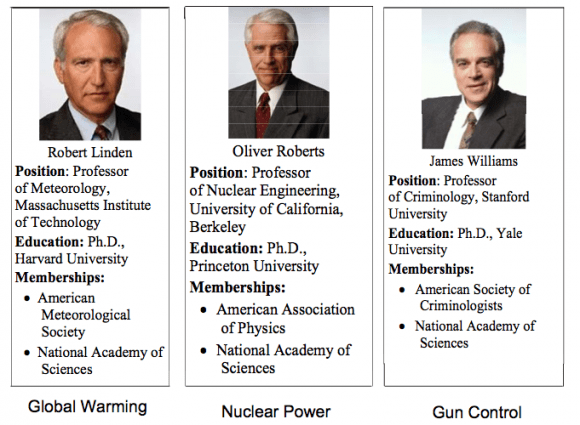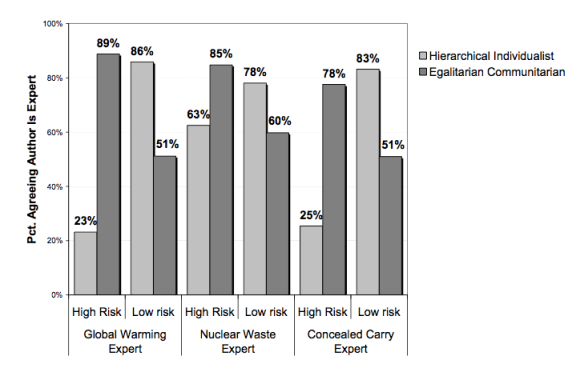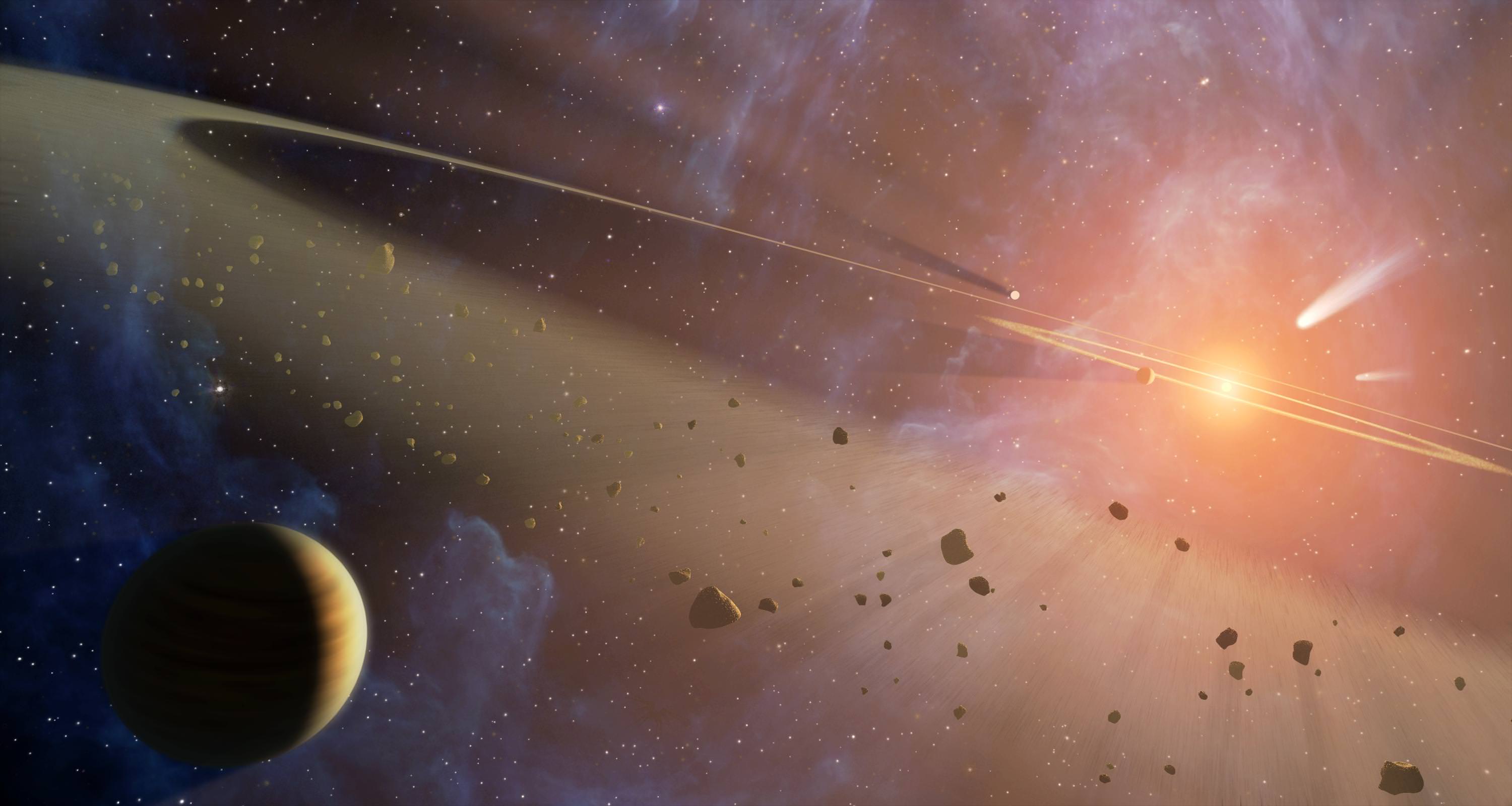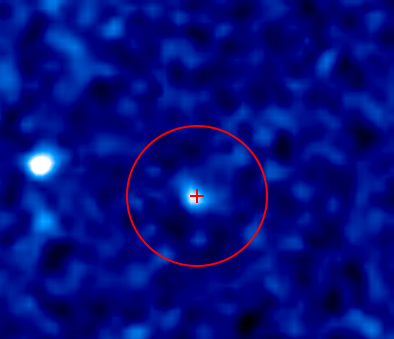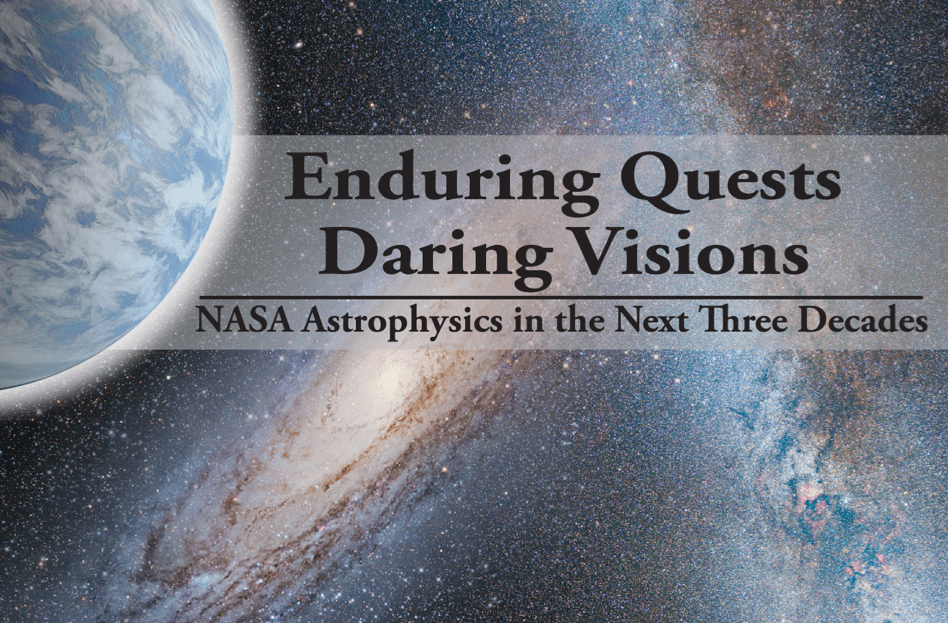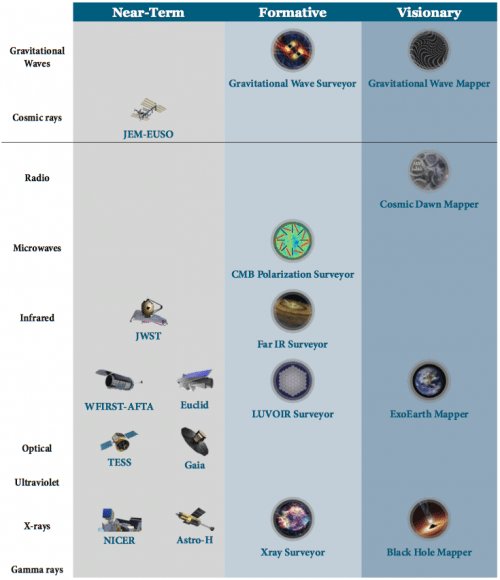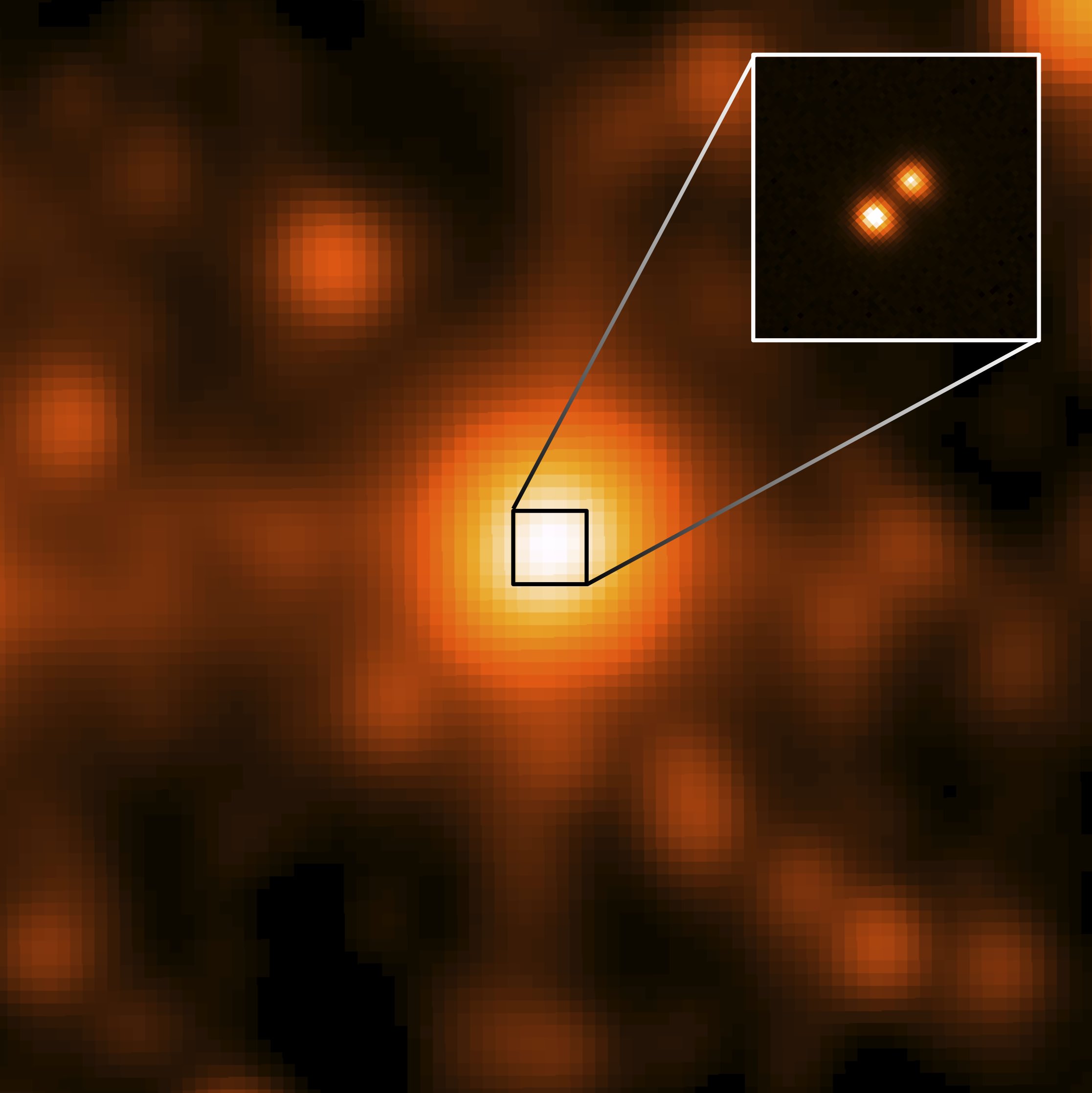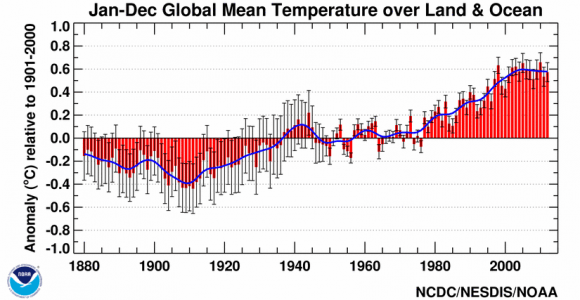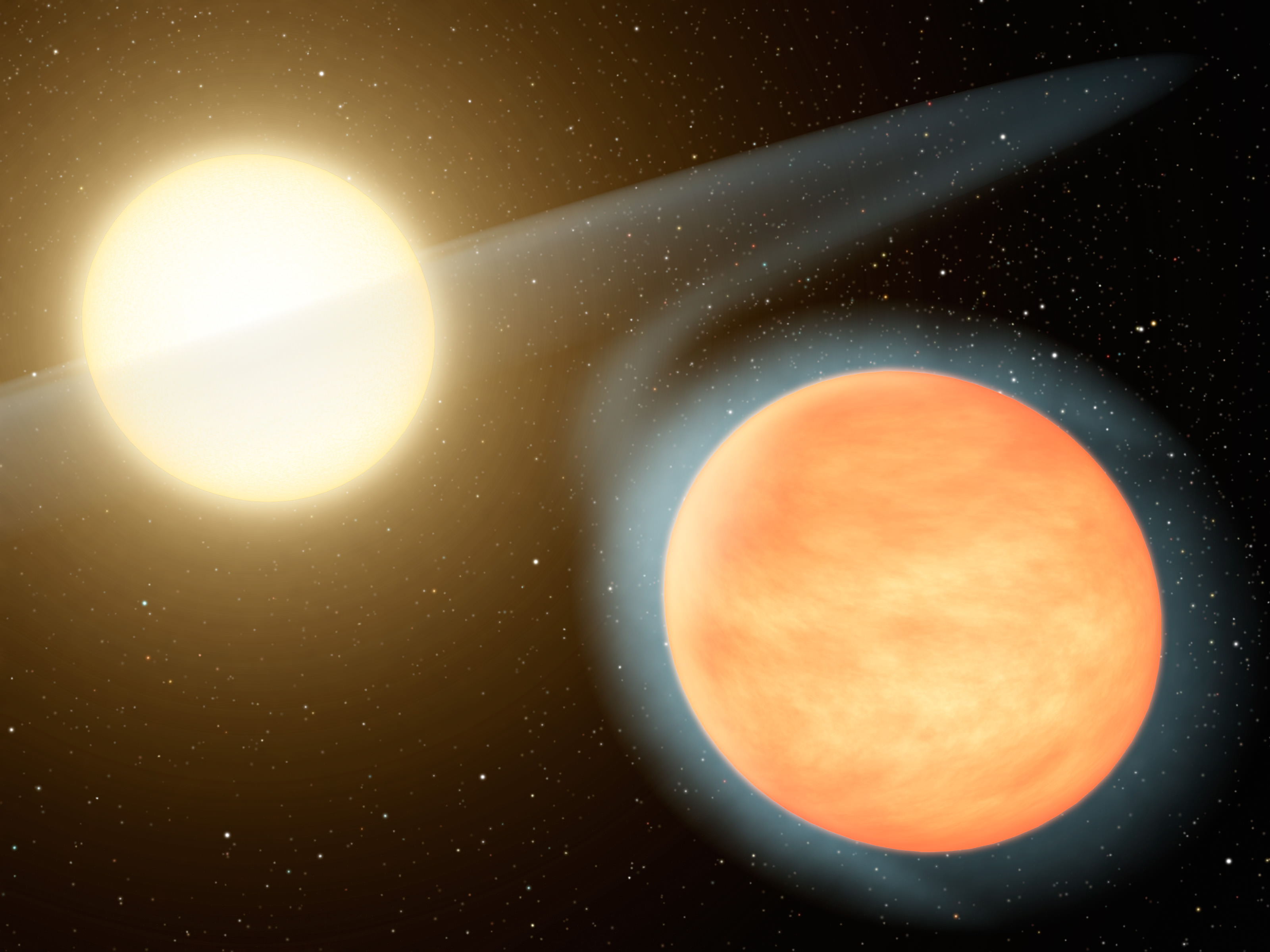In 1908 a blazing white line cut across the sky before exploding a few miles above the ground with a force one thousand times stronger than the nuclear blast that leveled Hiroshima, Japan.
The resulting shock wave felled trees across more than 800 square miles in the remote forests of Tunguska, Siberia.
For over 100 years, the exact origins of the Tunguska event have remained a mystery. Without any fragments or impact craters to study, astronomers have been left in the dark. That’s not to say that all kinds of extraordinary causes haven’t been invoked to explain the event. Various people have thought of everything from Earth colliding with a small black hole to the crash of a UFO.
Russian researchers claim they may finally have evidence that will dislodge all conspiracy theories, but that “may” is huge. A team of four believes they have recovered fragments of the object — the so-called Tunguska meteorite — and even think they are Martian in origin. The research, however, is being called into question.
In a detective-like manner, the team surveyed 100 years’ worth of research. The researchers read eyewitness reports and analyzed aerial photos of the location. They performed a systematic survey of the central region in the felled forest and analyzed exotic rocks and penetration funnels.

Previously, numerous expeditions failed to recover any fragments that could be attributed conclusively to the long-sought Tunguska meteorite. But then Andrei Zlobin, of the Russian Academy of Sciences’ Vernadsky State Geological Museum, discovered three stones with possible traces of melting. He published the results in April 2013.
Zlobin’s discovery paper was received with skepticism and Universe Today covered the news immediately. A curious question arose quickly: why did it take so long for Zlobin to analyze his samples? The expedition took place in 1988, but it took 20 years before the three Tunguska candidates were nominated and another five years before Zlobin finished the paper.
By Zlobin’s admission, his discovery paper was only a preliminary study. He claimed he didn’t carry out a detailed chemical analysis of the rocks, which is necessary in order to reveal their true nature. Most field experts quickly dismissed the paper, feeling there was more work to be done before Zlobin could truly know if these rocks were fragments from the Tunguska meteor.
Today, new research is moving forward with an analysis of the rocks originally discovered by Zlobin. But an interesting new addition to the collection is a rock called “John’s Stone” — a large boulder discovered in July, 1972. While it’s mostly a dark gray now it was much lighter at the time of its discovery. “John’s Stone has an almond-like shape with one broken side,” lead author Dr. Yana Anfinogenov told Universe Today.
Now the skeptical reader might be asking the same question as before: why is there such a large time-lapse between the discovery of John’s Stone and the analysis presented here? (It’s interesting to note that while this elusive rock has been reviewed in the literature for over 40 years, this is the first time it has appeared in an English paper). Anfinogenov claimed that new data (especially concerning Martian geology) allowed for a much better analysis today than it did in recent years.
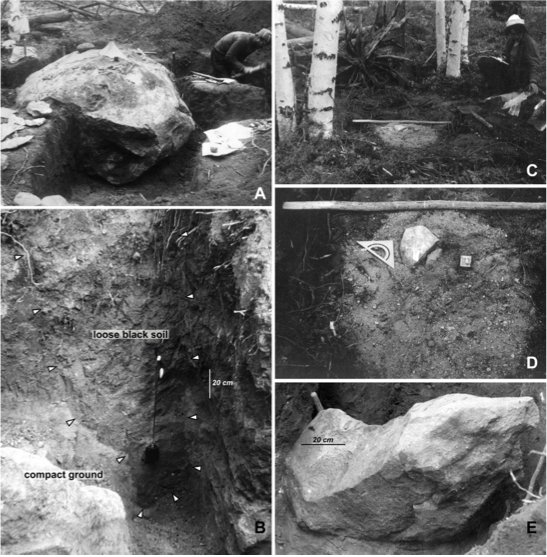
“The ground near John’s Stone presents undeniable impact signs suggesting that the boulder hit the ground with a catastrophic speed,” Anfinogenov told Universe Today. It left a deep trace in the permafrost which allowed researchers to note its trajectory and landing velocity coincides with that of the incoming Tunguska meteorite.
John’s Stone also contains shear-fractured splinter fragments with glossy coatings, indicating the strong effect of heat generated when it entered our atmosphere. The research team attempted to reproduce those glossy coatings found on the splinters by heating another fragment of John’s Stone to 500 degrees Celsius. The experiment was not successful as the fragment disintegrated in high heat.
“The authors do not present a strong case that the boulder known as John’s Stone was involved in the Tunguska event, or that it originated from Mars,” said Dr. Phil Bland, a meteorite expert at Curtin University in Perth, Australia.
They claim the mineral structure and chemical composition of the rocks — a quartz-sandstone with grain sizes of 0.5 to 1.5 cm and rich in silica — match rocks found on Mars. But their paper lacks any microanalysis of the samples, or isotopic study.
While there is a strong case that an impact on Mars could easily eject rock fragments that would then hit the Earth, something doesn’t match up. “The physics of ejecting material from Mars into interplanetary space argues for fragments with diameters of one to two meters, not the 20 to 30 meter range that would be required for Tunguska,” Bland told Universe Today.
It seems as though planetary geologists will require a much stronger case than this to be truly convinced John’s Stone is the Tunguska meteorite, let alone from Mars.
The paper is currently under peer-review but is available for download here.




